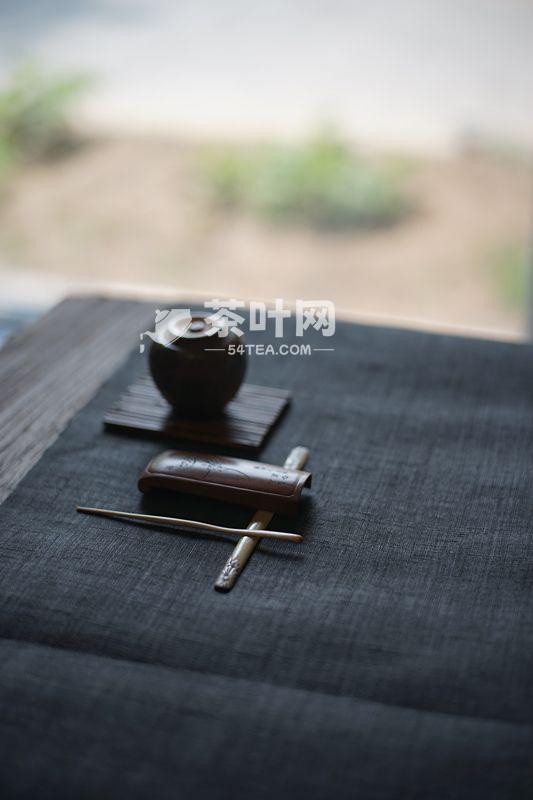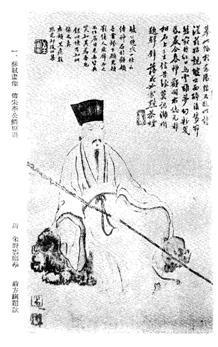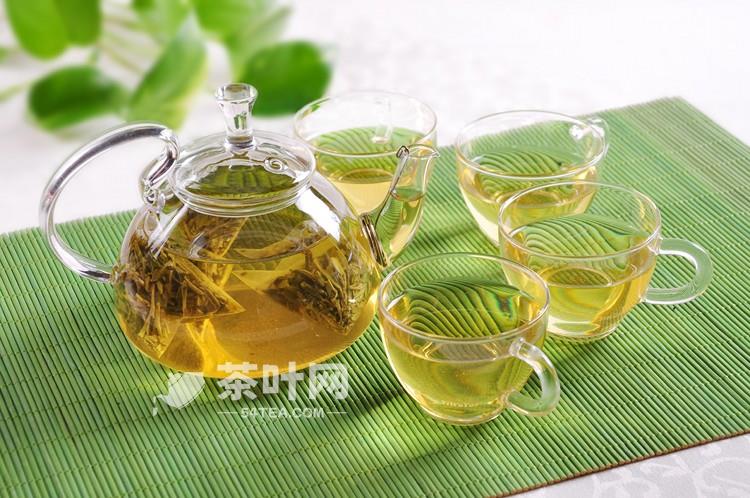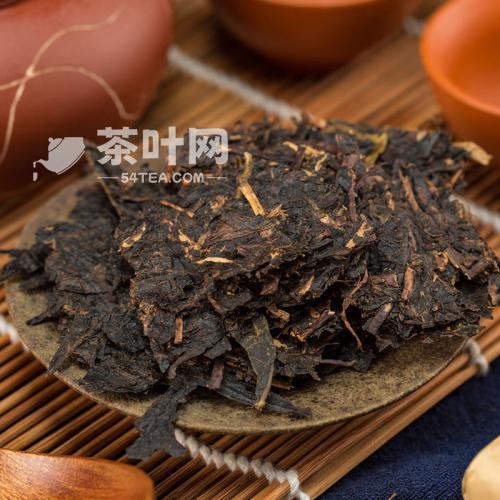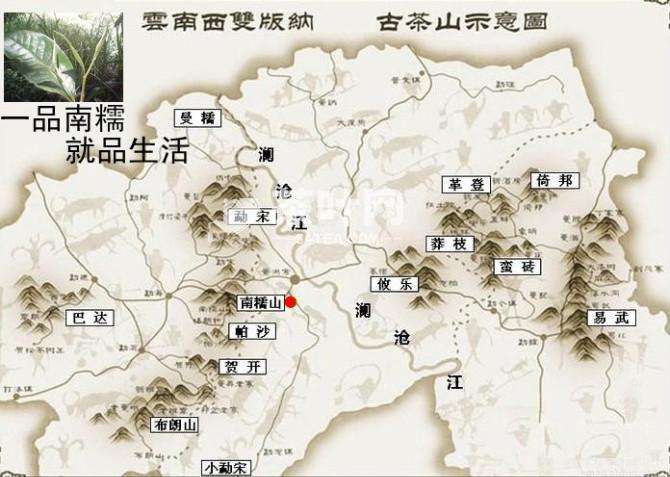 mAC Tea
mAC Tea
Xishuangbanna six ancient tea mountain records, can be found in the Qing Dynasty Ruan Fu written by the “Pu’er tea record” as follows:
“The so-called Pu’er tea, non-Pu’er Province within the boundaries of the production, cover the production in the province of Simao Hall boundaries, the Office of the six tea mountain, said Yibang, said shelf cloth, said Kong, said the brute brick, said Gedeng, said Yiwu, and the Tongzhi contained in the name.” mAC tea network
The six tea mountain, are located in xishuangbanna territory: is located outside of jinghong city is yule mountain, is located in menghla county territory is the other five tea mountain. These six tea mountains have a total area of more than 2,260 square kilometers, and now the tea plantations on the mountain have developed to 100,000 acres. They are in the southern subtropical climate, the average annual temperature of 19 ℃ -20 ℃, the annual effective cumulative temperature of 6000 ℃ -7000 ℃, annual rainfall of 1700-2100 mm, four seasons as mild as spring, coupled with the location of the high mountain area, the clouds, the production of Pu’er Tea is famous. In the 10th year of Yongzheng of the Qing Dynasty (1732), the tea here became one of the tribute teas designated by the Qing court, and it has been tribute until the 30th year of Guangxu to end. Since the court loved it and gave it as a state gift to foreign emissaries, Pu’er tea became famous all over the world. mAC Tea Network
In the late Qing Dynasty and the Republic of China, the Six Tea Mountains experienced some decline in planting, production and marketing, mainly due to the neglect of government departments. After the founding of New China, the production and marketing of Pu’er tea in the six tea mountains was revitalized. mAC Tea Network
The ancient tea mountain of Youle is located in the jurisdiction of Jinghong City, and is also named as Keeno Mountain. It is 75 kilometers long from east to west and 50 kilometers wide from north to south. Its northeastern zone is the Gedeng Tea Mountain. mAC Tea Net
Throughout history, the tea planting and processing in the Youle Tea Mountain has always ranked among the best. The highest annual output of Yunnan big-leaf tea grown here exceeded 2,000 quintals. In the seventh year of Yongzheng of Qing Dynasty (1729), the imperial court set up the Tongzhi Prefecture here as the general judge of Pu’er. In 1942, there was a constant war here, and the tea farmers could not make a living, so they had to flee and scatter, and the tea mountains became desolate with fewer people to manage them. mAC Tea Net
After the establishment of New China, the government attached great importance to the tea production here, and gave strong support, so the production and production quality of Pu’er tea has been greatly improved. mAC Tea Net
The area included in Gedeng Ancient Tea Mountain was also a very famous tea-producing area in ancient times, and the annual tea production was also more than 500 quintals. The teas grown here are all big leaf tea types. There was once a historical record, there is a tea tree king, to the Qing Jiaqing period is still growing in the vicinity of Bajiaoshuzhai, just spring tea picking, this ancient tea tree can produce a quintal of dry tea. There are many ancient tea trees like this one in the area, but most of them have already died. mAC Tea Net
In the Dai language, the Yibang ancient tea mountain is also called “Molar Yibang”, which means “tea well”. The total area of the tea mountain is 360 square kilometers, which is located in the high mountain area, and there are many ethnic groups living together. In ancient times, it was famous for producing round tea, which is what people refer to as the “Seven Cakes”, and is said to produce and sell more than 10,000 quintals of tea annually. mAC Tea Net
Yibang Ancient Tea Mountain tea industry development is the most prosperous in the Ming and Qing Dynasties, tea estates and tea stores abound, merchants gathered, trading is booming. During the Ming Dynasty, some tea traders from Sichuan and other places brought small-leaf tea seeds here. During the Qing Dynasty, many famous tea merchants emerged here, such as Songyun and Yuanchang, which were founded in the Guangxu period and specialized in selling tea to the Sichuan area. mAC Tea Net
At that time, Yibang ancient tea mountain tea is also exported to Tibet and Hong Kong, Macao and Southeast Asia, the Qing court will be the tea here as tribute. Tribute to the court of the tribute tea are Yibang tea as raw material production, the Qing court of the tea mountain also carried out a more systematic and perfect management, to the Daoguang 25 years (1845), here has been built an ancient road, Kunming – Simao – Yibang, Yiwu Tea Mountain tea road is also open, greatly promoting the tea mountain tea business and sales. mAC Tea Network
In the Qing Dynasty during the Qianlong period, Yibang tea mountain has gathered 90,000 people, the market is prosperous, business is booming. Every family planted tea for business, planting tea, making tea, selling tea, has formed a series of one-stop service, the four major tea market towns have taken shape. In the Xiangming, appeared very characteristic Yibang Street, Man Gong Street, brick street, cattle rolling pond street. Tea carriers and horse gangs traveled to and fro, and the situation was unprecedented. Until now, people can still find some of the old streets left back then, savoring the ancient and simple legacy of the year. mAC Tea Net
Yibang ancient tea mountain began to decline in the late Qing Dynasty, followed by the fierce rise of Yiwu tea mountain. However, in history, the round tea made in Yibang Tea Mountain was the best-selling product, with an annual production and sales volume of about 1,000 quintals of round tea alone. It is said that the best quality is the round tea produced in Manson, which has very good tea flavor characteristics, and it is listed as a tribute to the imperial court. Thick flavor, color clear yellowish is its character different from other tea, after brewing with boiling water, the tea is upright and not sinking, a sweet aroma into the throat and nose, refreshing and relieving the effect is particularly good. mAC Tea Net
Mangzhi ancient tea mountain tea, mainly concentrated in the cattle rolling pond street, cattle rolling pond street is like Ming “four streets” in the most prosperous one of the town, to do tea business here mostly from abroad. Mangzhi Tea Mountain tea planting place in Dazhai, according to historical records, every March, from the picking of spring tea, tea farmers go to the temple to worship the tea ancestor Tea God, praying for a year’s harvest. Mangzhi ancient tea mountain produces cheap tea, but due to the impact of war, resulting in the decline of the city, the people do not live. Now this place has long been the scenery is no longer, just see some residual ancient monuments and tombs, and some fragmentary wall carvings. mAC Tea Network
Barbarian brick ancient tea mountain, including the territory in the Barbarian forest and Barbarian brick, as one of the six ancient tea mountain, people can see from the local ruins of Guandi Temple some inscriptions, which is only a few written records. The Guandi Temple was built in the sixth year of the Qianlong reign (1741), when the annual output of the Brick Tea Mountain was over 10,000 quintals, and the tea leaves here were picked and transported to Yiwu for processing and sale. mAC Tea Net
Barbarian brick tea mountain is located in high mountains and dense forests, until now it still maintains a simple natural state, and now also has an annual output of more than 10,000 quintals. mAC Tea Net
Slowly spread ancient tea mountain is located in the northeast of Mengla Yiwu Township, bordering with Laos. Tea production here was at its peak during the Qianlong period of the Qing Dynasty, with an annual output of more than 10,000 quintals. During the Xianfeng period of the Qing Dynasty, many Han Chinese from the mainland were concentrated here, and they worked together with the locals in the planting, harvesting and development of tea. The most famous “Yuanbao tea” was formed at that time, this Yuanbao tea is also a kind of round tea, which sells well at home and abroad. mAC Tea Net
The results of the relevant experts show that the slow spread of the ancient tea mountains, including the Yiwu tea mountain, the Tang Dynasty here has become the distribution center of Pu’er tea, Yiwu is therefore crowned with the “profit city” reputation, as one of the Yunnan-Tibet Ancient Tea Horse Route starting location, has a very important historical position. mAC Tea Net
Qing Daoguang years (1821-1850), Yiwu tea mountain quietly rose, Yiwu produced tea, with excellent quality marketing everywhere, the annual output reached 4,000 quintals, the sale is basically a group of tea, tea farmers here to make the “seven cake tea”, most of the use of good tea as a material for the high requirements of the color of the tea, this tea has eight kinds of tea color. Tea has eight kinds of tea color. The imperial court designated Yiwu, Manla and other regional production of group tea (Tuocha) as tribute tea, so the status of Pu’er tea has been extremely fast, and now there is still a plaque inscribed by the Daoguang Emperor “RuiGongTianZhao”. Pu’er tea became a fashionable drink popular in the Qing court, became a noble gift for the royal relatives and the aristocracy, and also became a valuable gift for diplomatic envoys. mAC Tea Net
Qing Dynasty scholar Ruan Fu recorded that: Pu’er tea is famous all over the world, the capital is especially important. At the end of the Qing Dynasty and the beginning of the Republic of China, the price of Pu’er tea was the highest. Scholar Chai Calyx “Fan Tian Lu Cong Lu” recorded that: Pu’er tea …… sex warm flavor thick, produced Yiwu, Yibang is particularly good, the price of equal and gold. That is to say, at that time, the price of Pu’er tea good tea is twice the price of silver. mAC Tea Net
About the six tea mountain prosperity, can be found in the Qing people Tan Zui “Dianhai Yu Heng Zhi” in “Pu Tea is famous all over the world …… Tea Mountain week 800 miles, into the mountains of tea hundreds of thousands of people, tea buyers, transported to various places,” said. mAC Tea Net
The six tea mountain soil quality is different, tea is also very different. The Pu’er tea produced here has a preoccupation, that is, Pu’er tea leaves and other weeds grow together, the tea product appears inferior, Pu’er tea and other things mixed together, the smell is not pure. mAC Tea Net
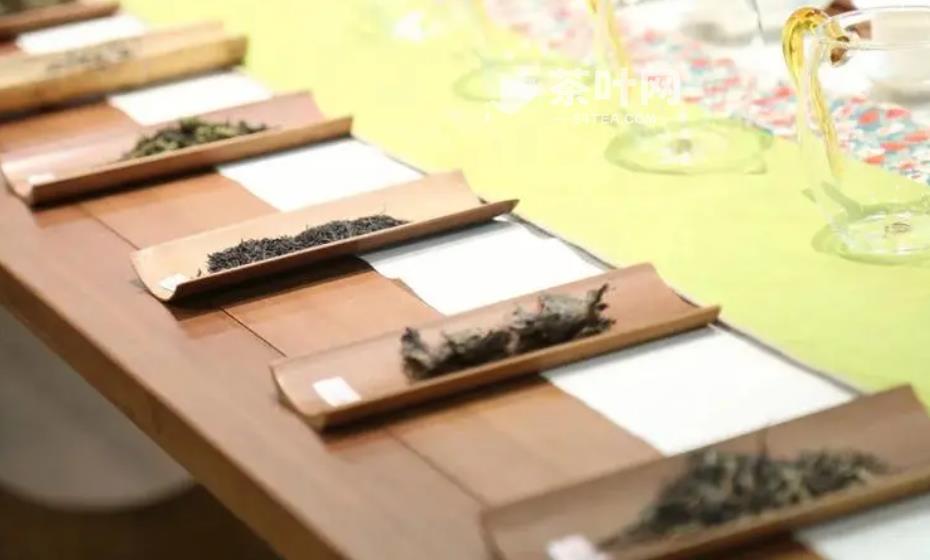 WS3Tea.com
WS3Tea.com WS3Tea.com
WS3Tea.com
